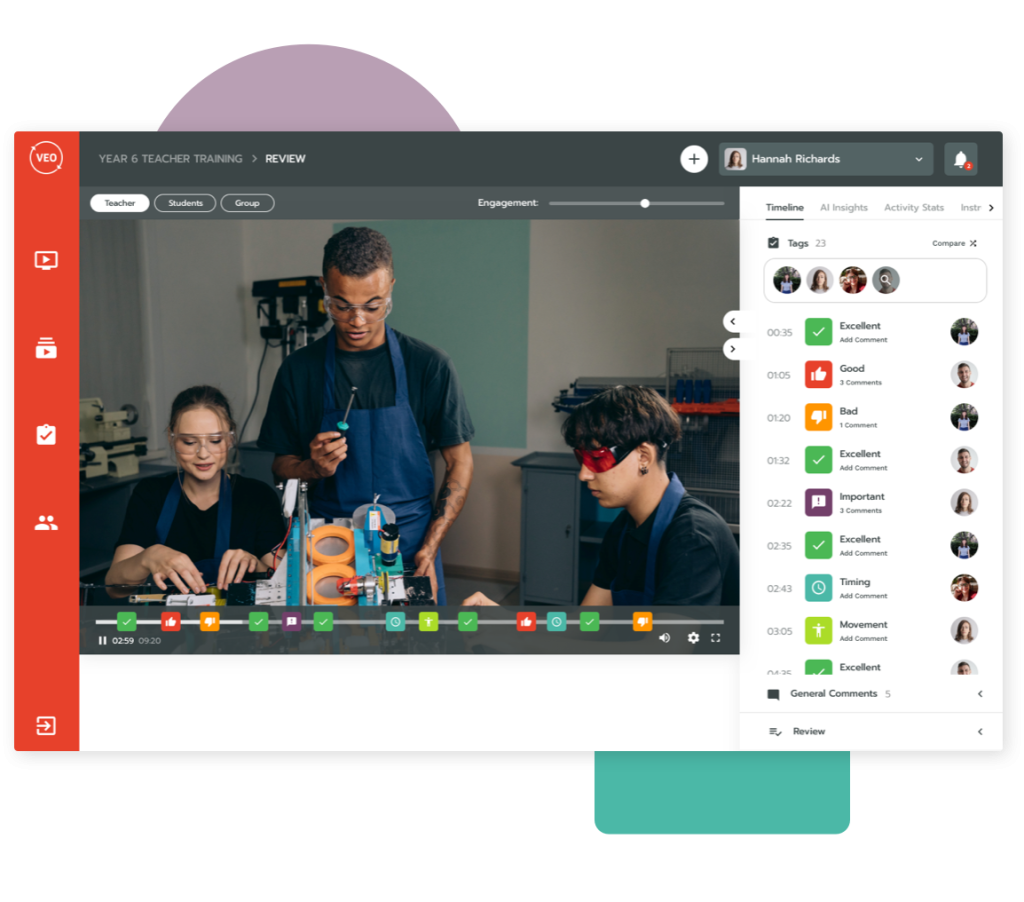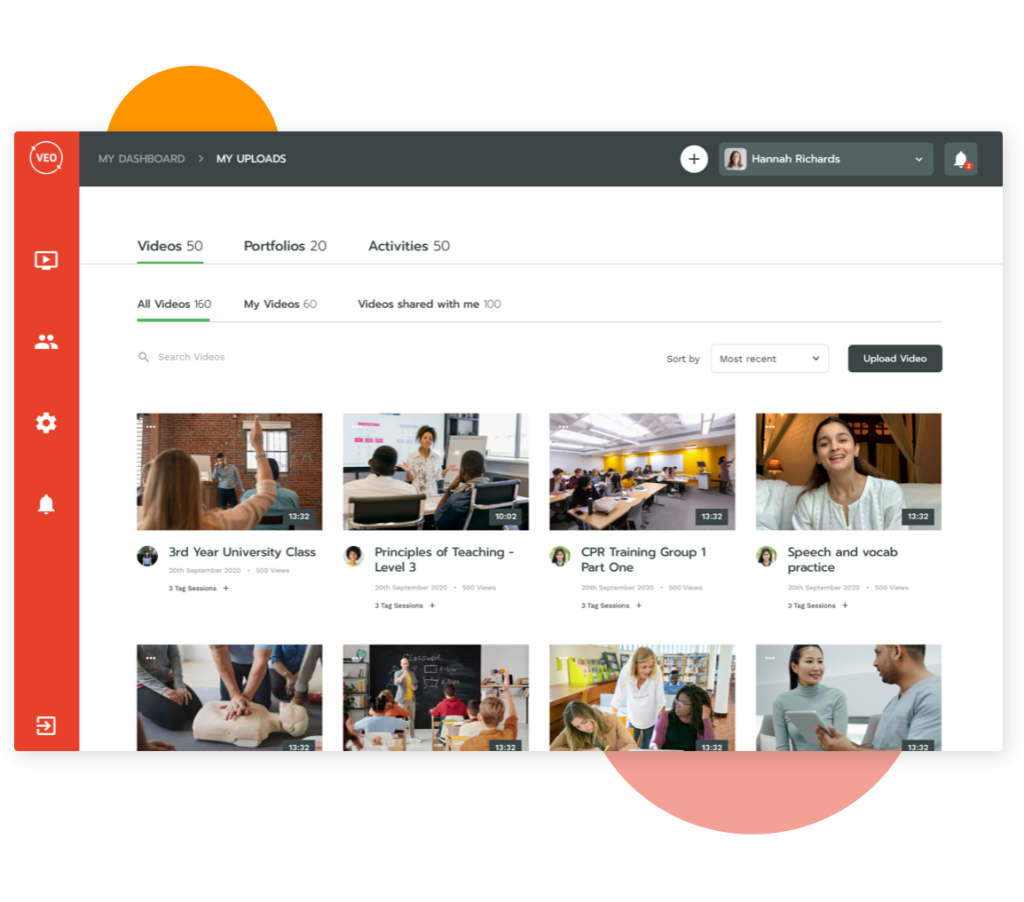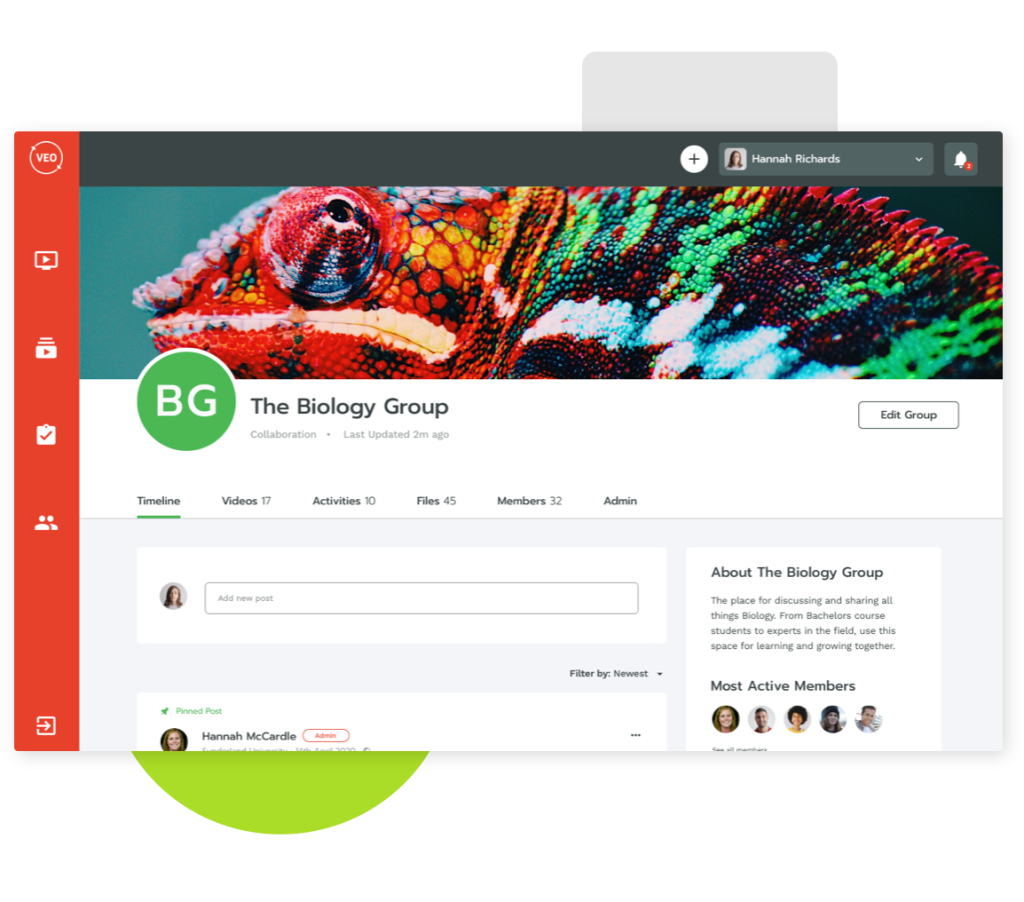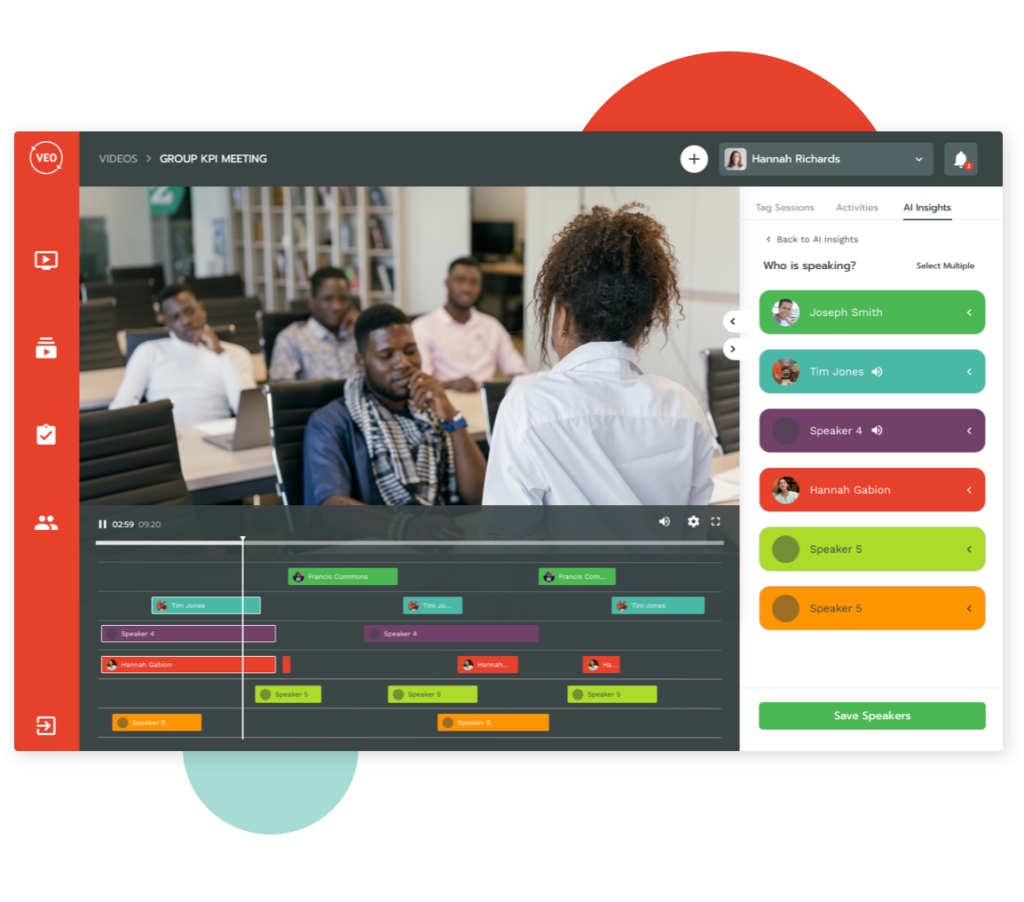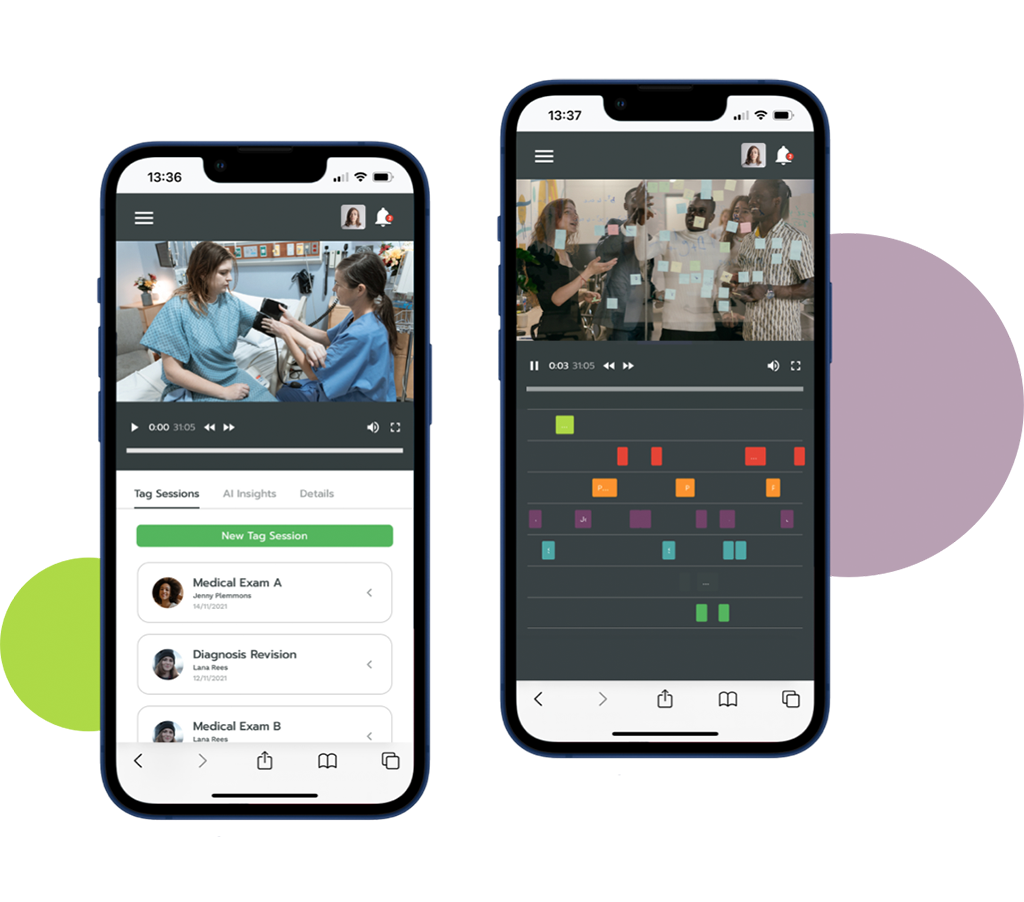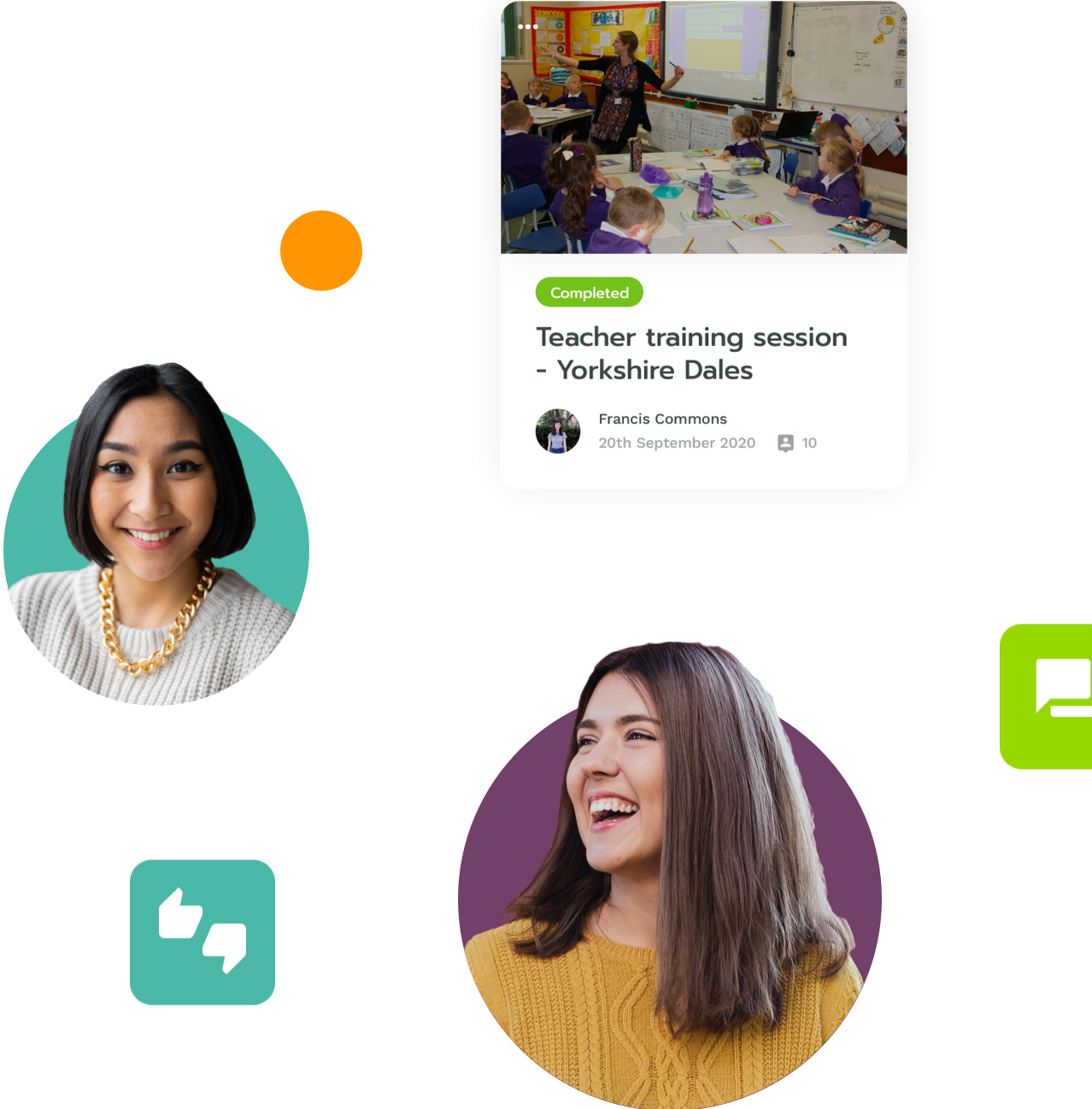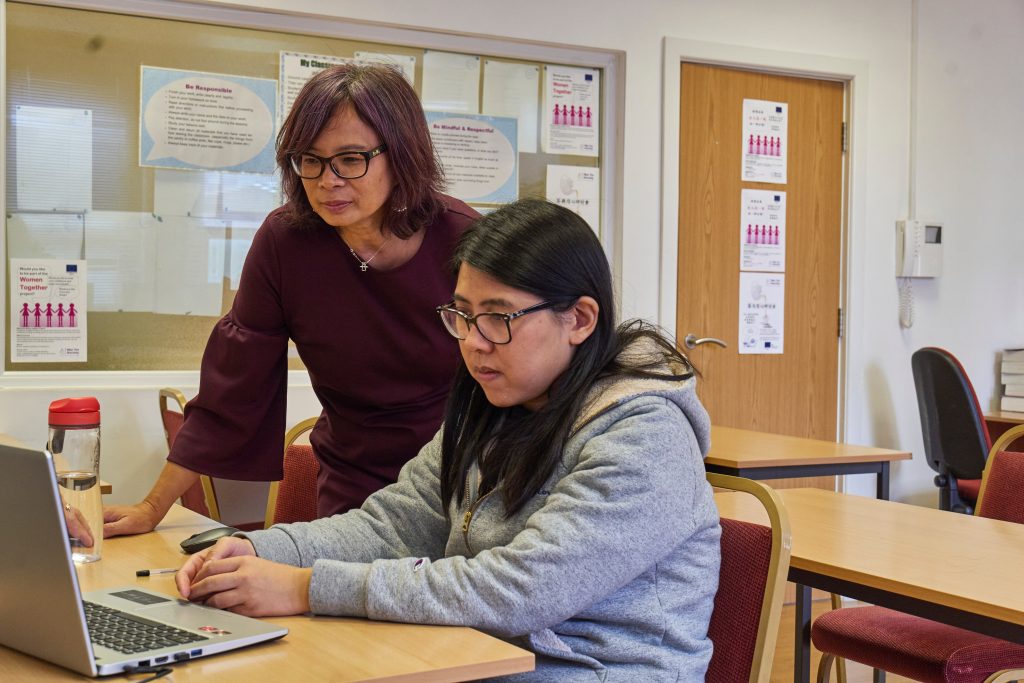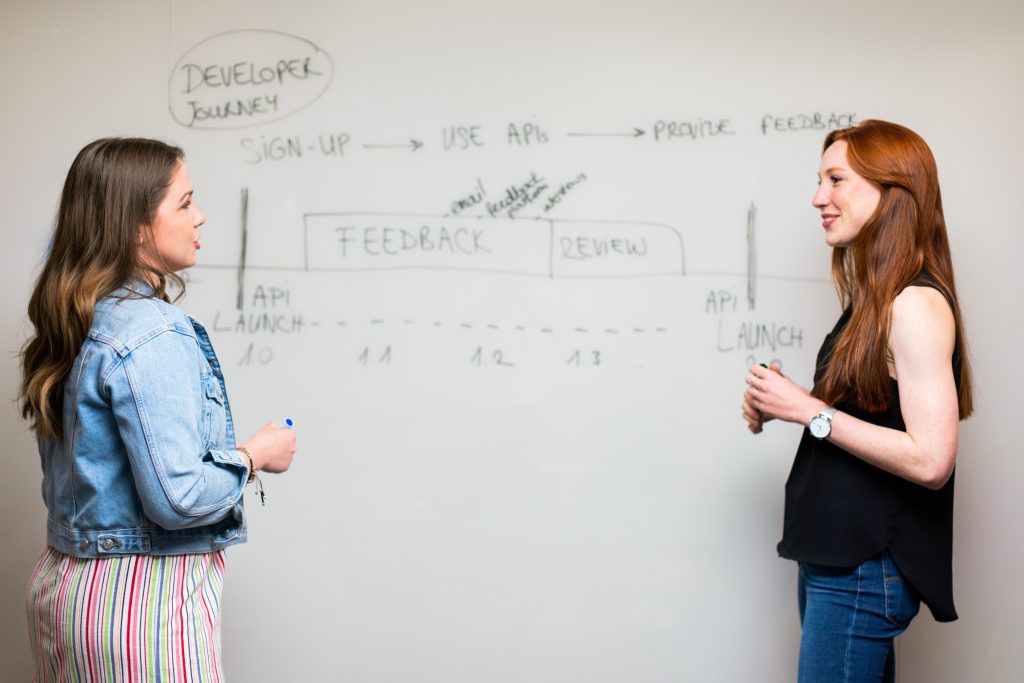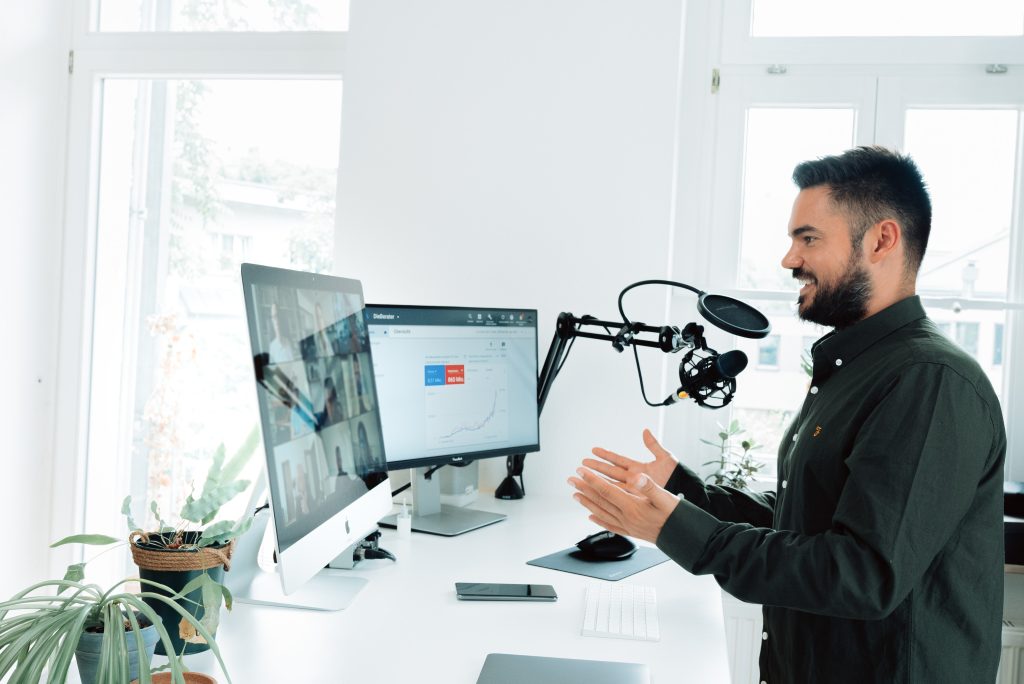As clinical educators work in such high-pressure environments, the way feedback is delivered to students is likely to be low on the list of priorities.
Feedback is an essential component of the learning process in clinical environments. It’s a valuable tool and needs to be delivered correctly to help students gain confidence, make improvements, and prepare for life as clinical practitioners.
We’re giving 7 tips for effective feedback in a clinical learning environment, to help you make improvements.
Build a safe environment based on trust
First things first. A safe and supportive learning environment is essential and learners need to trust their teachers. If there’s no trust in your classroom, feedback, no matter how it’s delivered, will always be met with scepticism.
To create a supportive environment whilst building trust, encourage open and honest communication along with active listening. You should also make an effort to celebrate wins and openly learn from failures.
As a teacher you have so many experiences to talk about, good and bad. And by opening up and sharing, you’ll gain respect and trust from your learners.
Base feedback directly on observations and utilise AI
Capturing practical scenarios on video can help prevent feedback from being forgotten, disregarded or challenged. If the person you’re feeding back to can see exactly where they have excelled or need to improve, they are more likely to learn from it.
As an added bonus, by using video, students no longer need to commit feedback to memory, as they have a recording to refer to.
Through use of VEO, dietetic and occupational therapy students at Coventry University were able to better observe peer formative exercises and role plays. As students could watch their session back, whilst using tag sets, they focused more and paid more attention to detail.
Utilising technology such as AI can make gathering insights for feedback and the overall feedback delivery process much quicker. Automatic video tagging within VEO can highlight useful information that will help shape and feed your insights.
Regularly give effective feedback
To enable continuous improvement, feedback should be frequent and formative. If it’s not delivered regularly your students may struggle to make positive improvements to their clinical practice throughout their course.
Lack of feedback may also impact their enjoyment of the course as they’ll be in the dark about their performance and could even feel like they’re unsupported in their studies. If you feedback regularly, you may also find that students better engage with you and the content you’re delivering, as they understand what’s expected.
Use self-reflection as a starting point for feedback
Begin feedback sessions with self-reflection can encourage students to become effective self-assessors.
Ask each individual to reflect on their strengths and any areas they feel they could improve, this is a great starting point and can make the overall feedback session much smoother.
Incorporating self-reflection also means that your feedback can be targeted to key areas of a student’s performance, rather than making generic statements.
As a next step, incorporate video and ask students to watch themselves demonstrating clinical skills, identifying the strengths and any areas for improvement from the clip.
Make regular feedback part of the culture in your department
We understand that it can be tricky to implement cultural change in education settings, but when it comes to feedback it’s just a case of building on and improving existing processes.
Integrating new technologies with these processes is an easy way to increase the frequency, simply by providing a convenient way to capture and communicate effective feedback.
Using tech such as VEO can also make the whole process more efficient and effective. As we’ve already mentioned, VEO allows users to pinpoint specific moments so that points for discussion or evaluation are located in just a few seconds.
Build in a plan to improve using feedback
The true potential of feedback comes in what you do with it. Building in a structured plan on how you’re going to implement and measure the impact of feedback is critical to getting those gains.
Are you going to schedule in follow-up sessions? Will you run the same session again to compare and contrast progress? Making a plan is the first step in ensuring students are getting the full benefit of receiving detailed feedback.
Reflect on your feedback skills
We’re flipping things on their head here. Of course, education isn’t always about teachers giving feedback to learners, teachers need to reflect and spend time improving too.
Taking time to reflect on how well your feedback is being received and how you can improve is an extremely valuable exercise.
Video can be used in this situation too. Using the same process of filming a face-to-face feedback session, allows for effective self-reflection as well as the opportunity to share feedback techniques and receive feedback from colleagues.
Book a demo
Find out how VEO can support feedback in a clinical environment for yourself, get in touch to book a demo.
